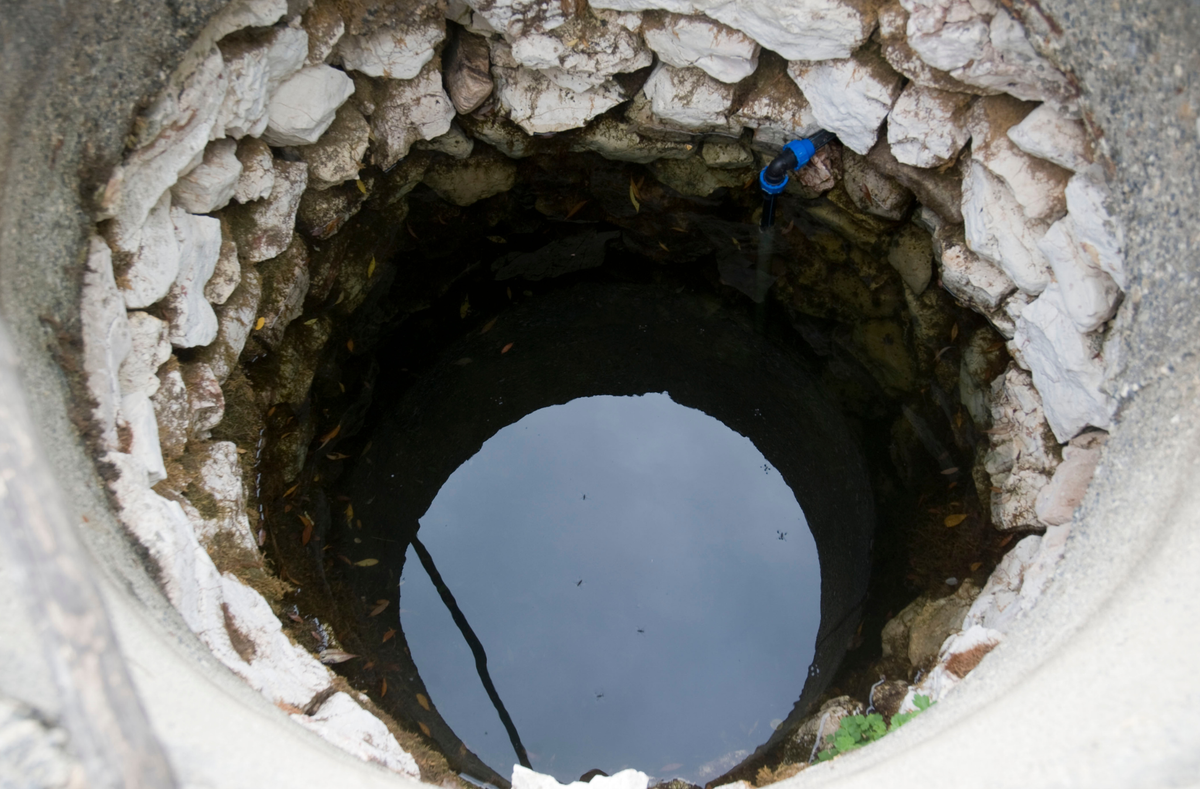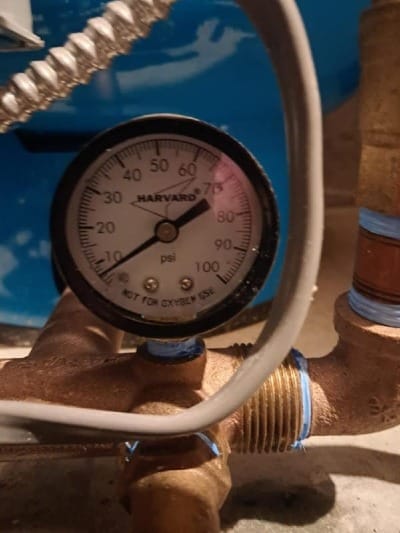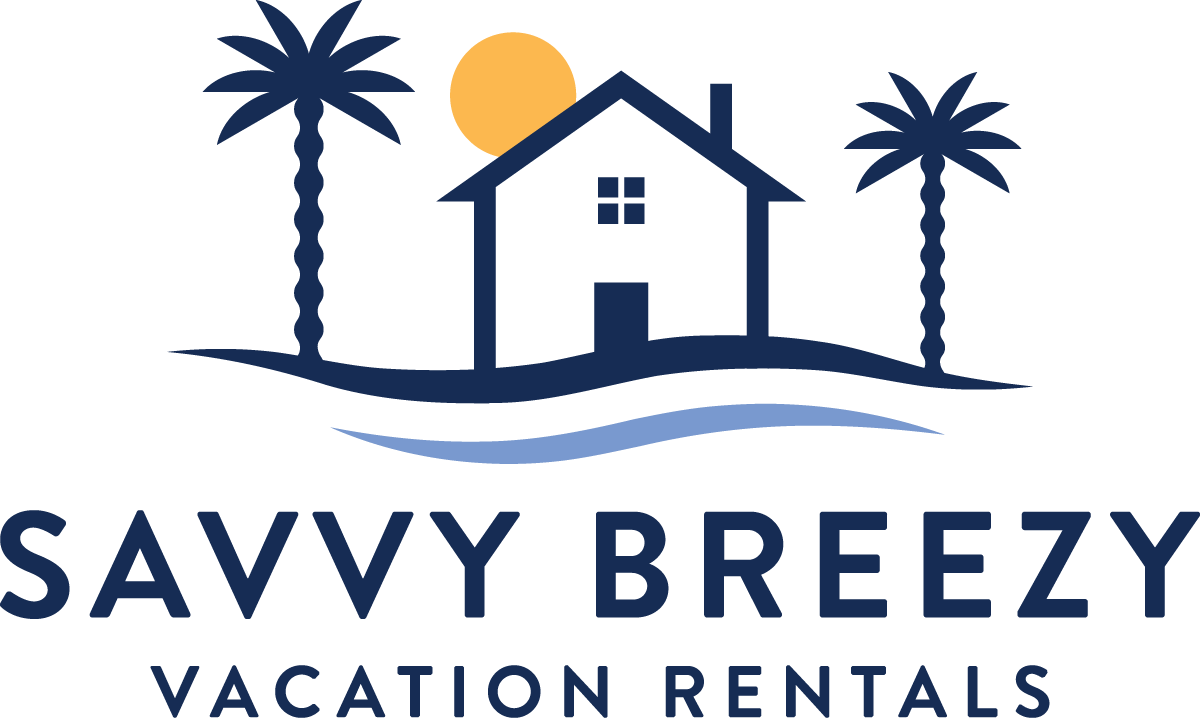💧 Troubleshooting Well Water Issues in an STR + Checklist

Running a short-term rental (STR) is never boring—but nothing makes your heart sink faster than a call from a guest saying: “The water stopped.”
We launched a new construction mountain escape STR that ran well through the winter. Then six months later, the water issues started trickling in—literally. First it was low water pressure, then hot water running out, and eventually, total water loss during a group stay. It took weeks of testing, problem-solving, and stress (and almost falling for a very expensive misdiagnosis) to get to the bottom of it.
If you're managing a property on well water, especially in a remote area, here's everything I wish I had known—and the step-by-step process we used to troubleshoot before making any major investments.
🚨 What Happened: A Timeline of Issues
- Guests started reporting low water pressure.
- Hot water began running out quickly.
- During one stay, the water stopped multiple times, returning only after 10–20 minutes.
- The final straw: a group attempted to take multiple showers in the morning, right before checking out, and the water cut out completely. I got an emergency call.
🧰 Troubleshooting Steps That Helped
✅ 1. Check the Pump Filter
New builds often shed sediment or construction debris. For our new construction, we found we needed to replace the filter every 2 months. (We now buy in bulk on Amazon.) You can also look into upgrading the filtration system.
✅ 2. Clean the Pressure Tank & Faucet Filters
We got the pressure tank & faucet filters cleaned. Our builder even had to replace the entire kitchen faucet fixture. (Thank goodness the new construction has a 1-year builder warranty.)
✅ 3. Check Appliance Filters
One day, our washing machine wasn’t filling properly. (Cleaners had to take laundry offsite → unexpected additional costs + a washer repair service call.) Fortunately, our awesome handyman discovered that sediment clogged its tiny inlet filters and cleaned them—problem solved!
✅ 4. Log Water Pressure Readings
When the water cuts out or drops, check the pressure gauge on the tank. Log those numbers. We conducted water tests with 1, 2, and multiple fixtures running, collected the pressure data, and shared it with our builder.

Need help tackling challenges in your short-term rental operations?
You’re not alone—and you don’t have to figure it all out the hard way.
I offer support, strategy, and real-world advice to help you run smarter, not harder. Let’s connect.
✅ 5. Check the Breaker Panel
The breaker was tripping on the pump, which turned out to be a big clue. The plumber flagged it, and we brought in the electrician and builder.
✅ 6. Test the Water Pump
Even though it was less than a year old, our pump had failed. Our builder discovered that the pump had been set all the way at the bottom of the well. The well had been drilled over 12 years ago but never used before the house was built. He suspected that a heavy amount of sediment had accumulated—filling the pump at the bottom of the well and causing it to malfunction.
Once the pump was replaced and repositioned higher up in the well to avoid sediment buildup, we had strong, consistent water flow again. The well was also fully assessed and confirmed to be deep, well-filled, and high-yielding—giving us full confidence there was no risk of it running dry.
💡 A Critical Lesson: Don’t Panic Early
One of the plumbers I called told me that we had a “bad well” and would need hydrofracking—a fix that could cost tens of thousands.
That sent me into panic mode.
It’s true that some properties facing similar issues may require hydrofracking or adding a storage tank. But here’s the reality: our well was drilled to 455 ft with a 30 GPM flow rate—a strong setup. Our problem wasn’t the well. It was a well pump issue, easily fixable.
🗂️ Bonus Tip: Document Your Well & System Info
Keep a record of these details to help with troubleshooting or future upgrades:
- ✔️ Type of well (dug or drilled)
- ✔️ Total depth of the well
- ✔️ Flow rate (GPM)
- ✔️ Year drilled and usage history
- ✔️ Depth at which pump is set
- ✔️ Pump cycle frequency
- ✔️ Pump make/model and install date
- ✔️ Contact info for well contractor or installer
Having this info on hand helps you, your plumber, and your peace of mind when troubleshooting or planning upgrades.
💬 Final Thoughts
Water issues in a short-term rental can be nerve-wracking, especially when guests are mid-stay. But before assuming the worst—or investing in major upgrades—start small.
We learned a lot the hard way, but I’m sharing this in the hope it saves you some stress, money, or time down the road.
📥 Want a Handy Version of This Troubleshooting Checklist?
Grab our free printable checklist with all the key steps and signs to watch for when your STR’s well water system starts acting up. Perfect to share with your team, leave on-site, or keep in your emergency toolkit!
👉 Fill out the form to download your FREE Checklist now!
✨ STR headaches piling up?
From water systems to guest communications, I help STR owners troubleshoot real-world issues and run smoother operations.
👉 If you'd like 1:1 support or resources tailored to your rental, just reach out 📞 :
A Humbling Host Moment 💙
During one of our toughest stretches dealing with well water issues, we had a group of guests who experienced six instances of having no running water—yet never once complained. I felt awful knowing they couldn’t even shower before checking out, so as a gesture of appreciation for their incredible patience, I issued them a $100 refund.
Two days later, the booker texted me back:
"I appreciate it, but it’s really not your fault. Can you take back the money?"
Moments like this are what make hosting so rewarding. Not every guest will be this understanding, but when you encounter that kind of grace and kindness, it reminds you why hospitality is more than a business—it’s a human connection.
